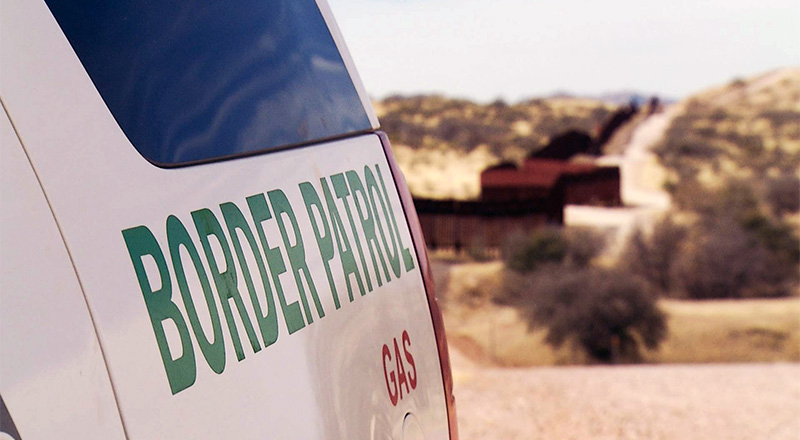P.O. Box 384,
Gainesville, TX 76241

CBP Agents and Officers Begin Use of Body-Worn Cameras
28 News 08/04/2021 1512WASHINGTON — U.S. Customs and Border Protection (CBP) has begun outfitting an initial group of agents and officers with body-worn cameras to better enhance its policing practices and reinforce trust and transparency.
"Our agents and officers serve the public and protect our borders every day with great skill and professionalism," said Troy Miller, CBP Acting Commissioner. "Providing them with state-of-the-art technology and tools like body-worn cameras will support their work and provide greater transparency into interactions between CBP officers and agents and the public."
This targeted deployment of body-worn cameras is the first step toward broader implementation and will allow CBP to more effectively roll out the program to additional personnel. CBP is embracing thoroughly tested and researched new technologies that efficiently and effectively support its complex missions. CBP expects to deploy approximately 6,000 cameras by the end of 2021.
Body-worn cameras are part of the agency's new Incident-Driven Video Recording Systems program, which records and stores video and audio data to support the agency's mission. The cameras are roughly the size of a deck of playing cards – agents and officers will wear them on the front of their uniforms. The cameras will be running continuously in the background, and once an agent or officer activates a camera, it begins to save the footage starting two minutes before the activation of the camera. CBP has drafted protocols for agents and officers to follow when activating their cameras, with the safety of personnel and the public as the foremost considerations in shaping the policy. The footage is retained based upon the nature of the recorded incident and its evidentiary value.
The implementation of body-worn cameras will further strengthen CBP's ability to document and review enforcement encounters and use of force incidents, and to investigate allegations of misconduct on the part of our personnel. This is a significant step forward and will build upon CBP's current utilization of other technology to investigate incidents and allegations of misconduct.
CBP first conducted a feasibility study and an evaluation to determine the viability of body-worn cameras in operational settings in 2014. Findings from the evaluation noted that additional studies would be required ahead of any potential implementation. In 2017, Congress mandated an additional evaluation of Incident-Driven Video Recording Systems technology. CBP then conducted a six-month in-field evaluation from May to November 2018. The evaluation recommended deploying body-worn cameras to select Border Patrol and Office of Field Operations locations. CBP has since completed the required documentation and secured necessary approvals and funding to establish Incident-Driven Video Recording Systems as a program of record.
The agency is deploying the cameras in phases, beginning at Border Patrol locations across the southwest and northern borders, to be followed by select Office of Field Operations ports of entry throughout the United States.
Support 28 News with a monthly donation or a one-time donation via Paypal or credit card that will go towards supporting the news and commentary you've come to appreciate.
Occasionally we make a mistake. If you find one, please let us know so we can correct it. We make every effort to fact-check and verify information, but in the event of an error, our editorial team will respond quickly and publish updates and/or corrections to content as needed.
This material may not be republished, broadcasted, rewritten, or redistributed without permission.




